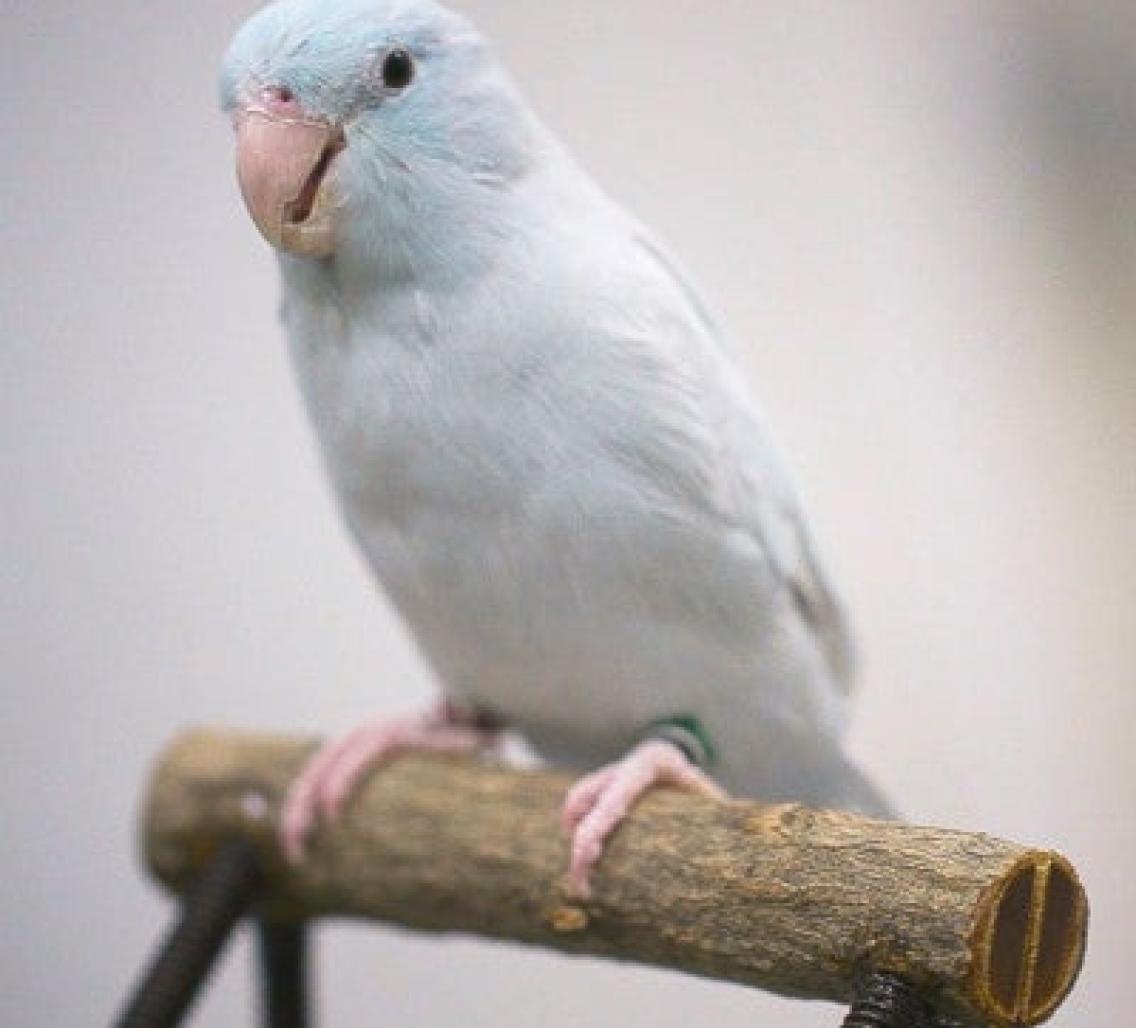By Taylor Kubota
Like snowflakes, no two branches are alike. They can differ in size, shape and texture; some might be wet or moss-covered or bursting with offshoots. And yet birds can land on just about any of them. This ability was of great interest to the labs of Stanford University engineers Mark Cutkosky, a Wu Tsai Neurosciences Institute faculty affiliate, and David Lentink – now at University of Groningen in the Netherlands – which have both developed technologies inspired by animal abilities.
“It’s not easy to mimic how birds fly and perch,” said William Roderick, PhD ’20, who was a graduate student in both labs. “After millions of years of evolution, they make takeoff and landing look so easy, even among all of the complexity and variability of the tree branches you would find in a forest.”
Years of study on animal-inspired robots in the Cutkosky Lab and on bird-inspired aerial robots in the Lentink Lab enabled the researchers to build their own perching robot, detailed in a paper published Dec. 1 in Science Robotics. When attached to a quadcopter drone, their “stereotyped nature-inspired aerial grasper,” or SNAG, forms a robot that can fly around, catch and carry objects and perch on various surfaces. Showing the potential versatility of this work, the researchers used it to compare different types of bird toe arrangements and to measure microclimates in a remote Oregon forest.
With feet and legs like a peregrine falcon, engineers have created a robot that can perch and carry objects like a bird. Video credit: Farrin Abbott.
